Last Updated on August 12, 2022
Save the Manatee Club (SMC) is committed to making the protection of manatees a daily mission and manatee awareness.
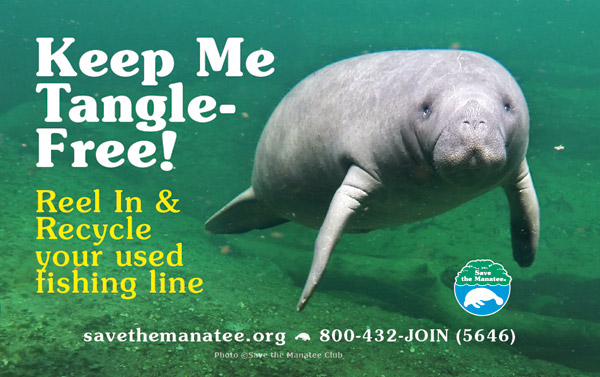
We believe being mindful of manatees should not be limited to Manatee Awareness Month in November or on one particular day (the last Wednesday in March is Manatee Appreciation Day).

Learn more about manatees and how to help protect them and their habitat.
Table of contents
Promoting Manatee Awareness

Manatee Awareness Month is a month-long recognition of imperiled manatees in Florida and beyond. It happens every November.
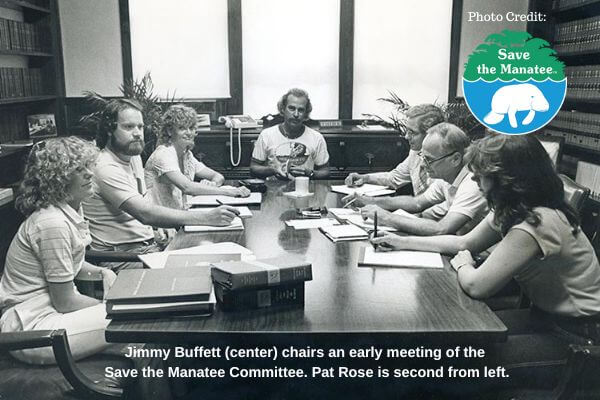
It was first declared in 1979 by Former Florida Governor Bob Graham, who co-founded Save the Manatee Club along with singer-songwriter Jimmy Buffett.
Florida began designating manatee protection zones in the late 1970s to conserve the warm-water areas that manatees need to survive the winter.
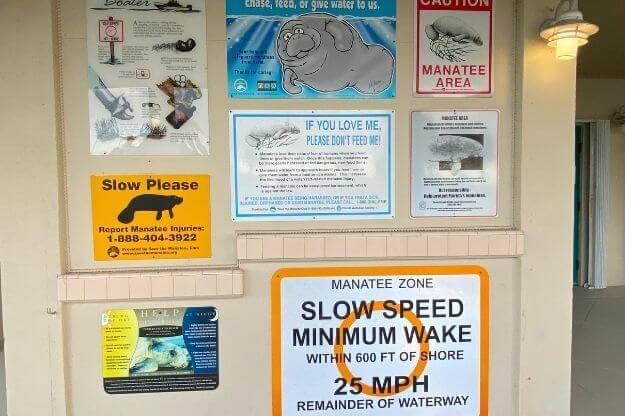
They also started encouraging slower boating speeds in areas where manatees frequent.
More About Florida Manatees
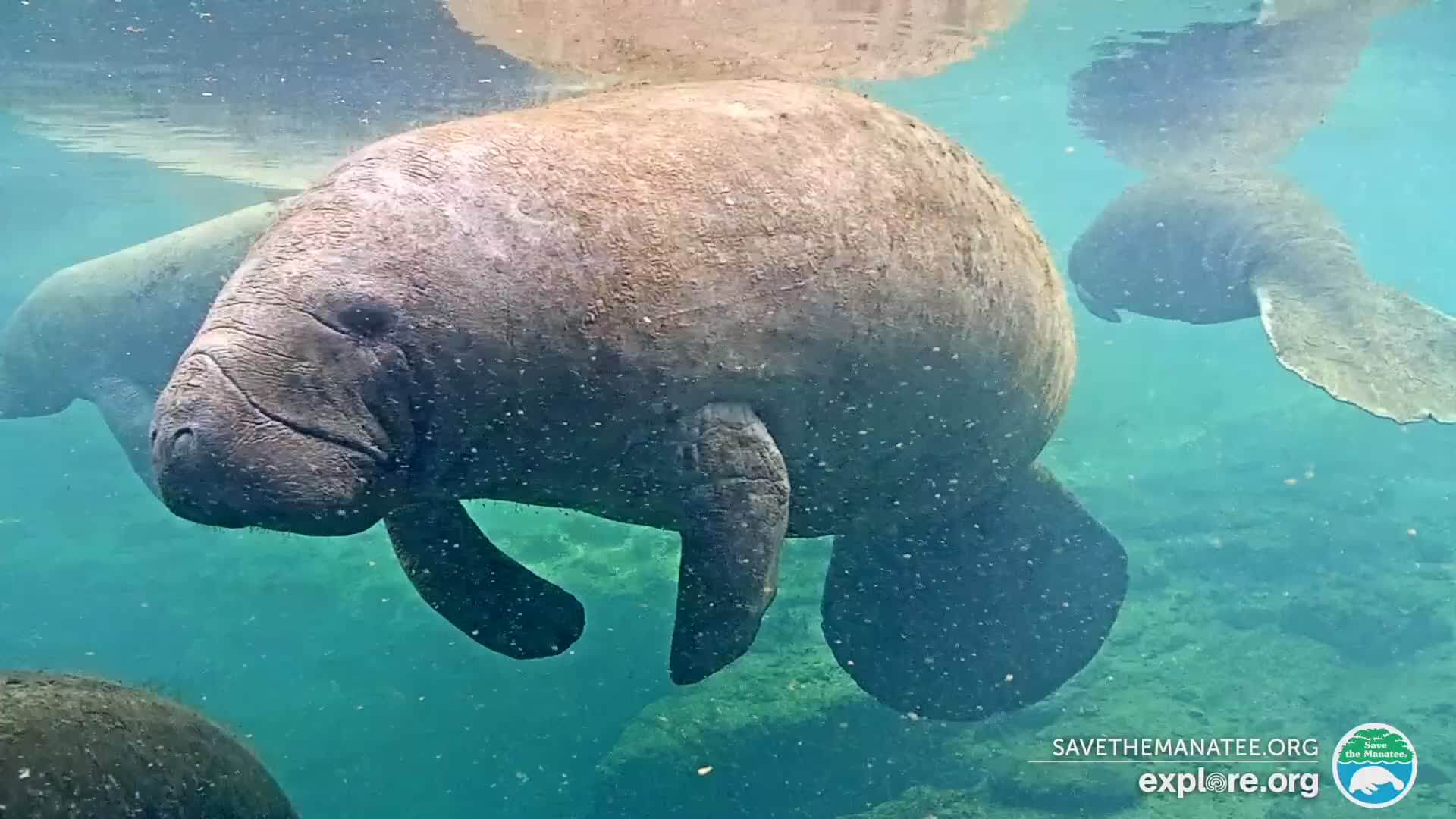
In November, manatees usually begin returning to Florida’s warm waters. They need constant warmth from natural freshwater springs or power plant effluents once the water temperature begins dipping below 68° F (20° C).
Manatees remain near these sites until about March although it’s not unusual to spot them any time of the year.
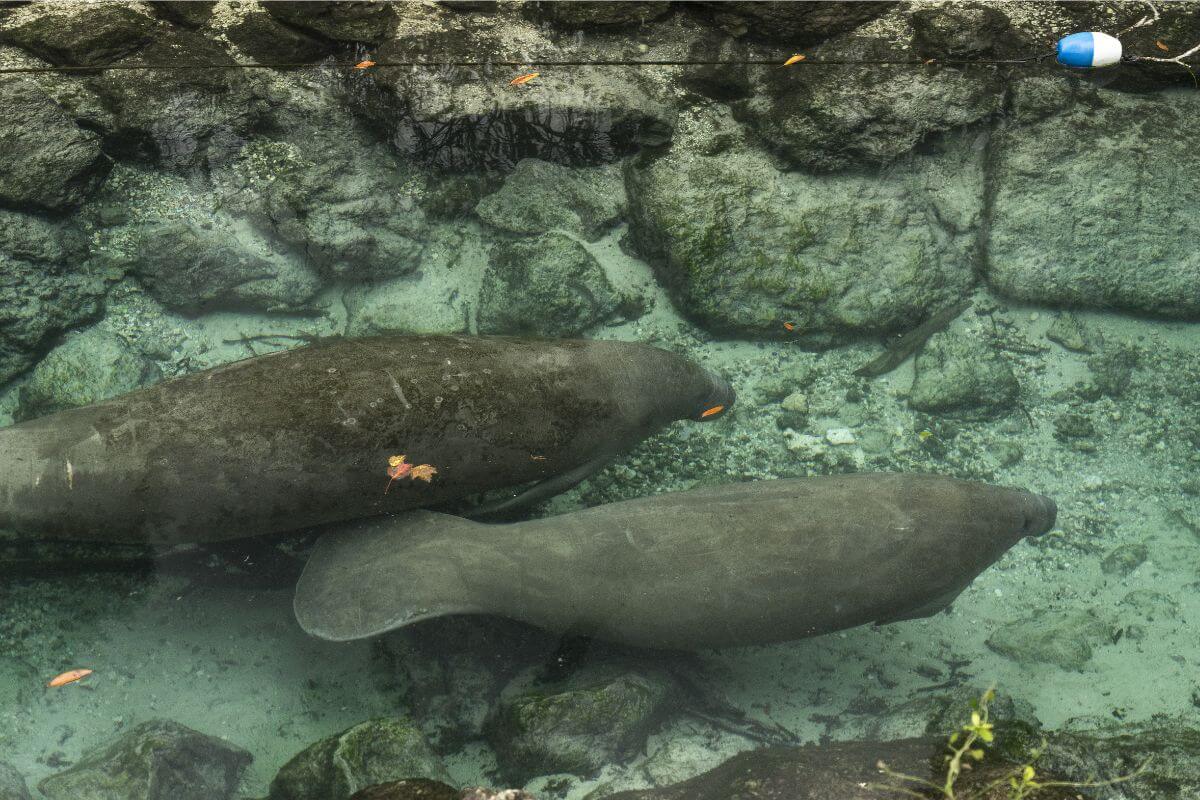
Despite their size, manatees have relatively little body fat and cannot survive prolonged exposure to cold water temperatures.
How to Help Injured or Sick Manatees
Floridians and those visiting Florida should learn to recognize sick, injured, or orphaned manatees.
They should immediately report them to the Florida Fish and Wildlife Conservation Commission (FWC).

“Boaters, especially, can be a tremendous help in reporting manatees in distress,” says Patrick Rose, Save the Manatee Club’s Aquatic Biologist and Executive Director.
“Being aware of manatees’ presence on the water, and learning how to call when something is wrong, can help save a manatee’s life.”

Most adult manatees bear scars on their bodies from collisions with watercraft. When healed, the scars appear gray or white. But when fresh, they can look pink or red with deep cuts. That’s when a manatee should be reported.
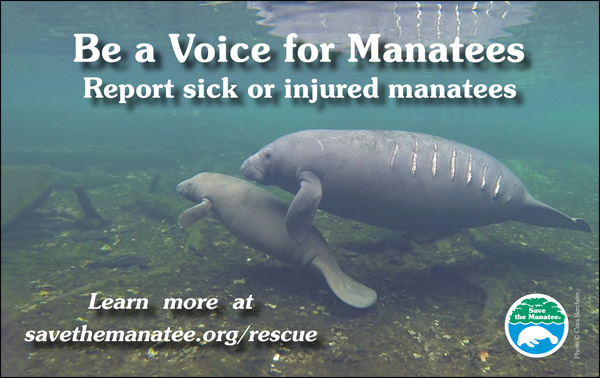
Manatees that are seen tilting to one side, unable to fully submerge underwater, or having trouble breathing should also be reported.

As a result of the severe losses of seagrass in Florida, it is more important than ever to watch for manatees that appear malnourished, with visible ribs and a sunken area behind their head.
A manatee calf by itself with no adults around may be an orphan and should be reported.
What You Can Do to Save the Manatee

Anyone who spends time near the water should view the resources at savethemanatee.org/rescue.
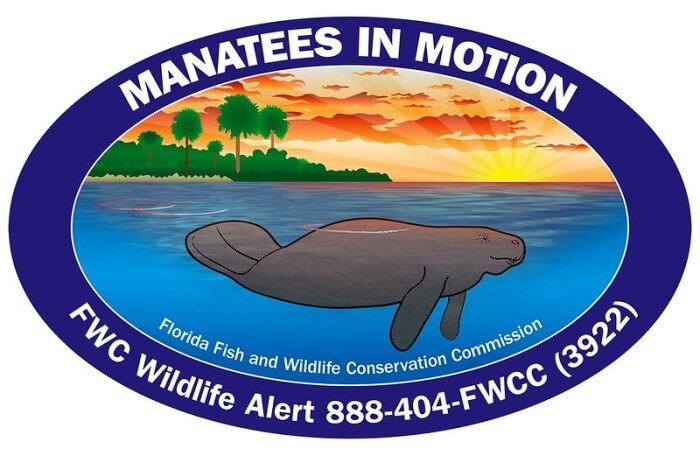
Boaters can also request free materials such as boat decals displaying the FWC’s 24/7 wildlife alert hotline, 1-888-404-FWCC (3922).
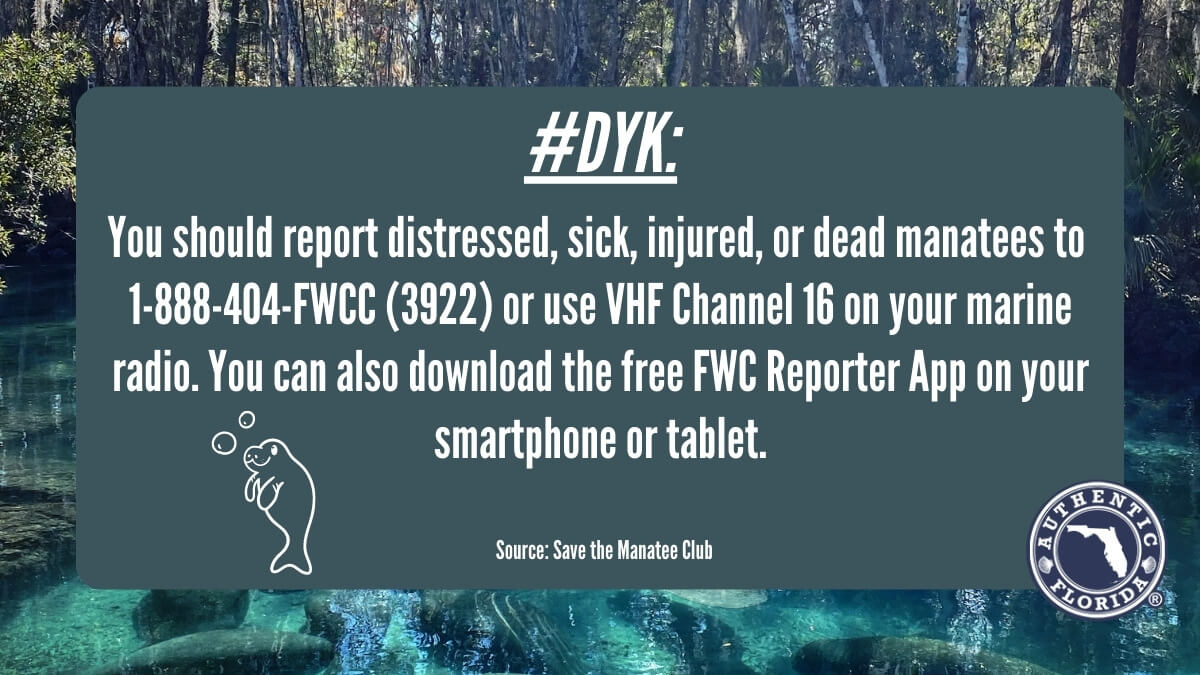
Save the Manatee Club also offers educational resources to increase manatee awareness for manatee lovers of any age. This includes essential facts and FAQs, manatee videos, and live webcams.
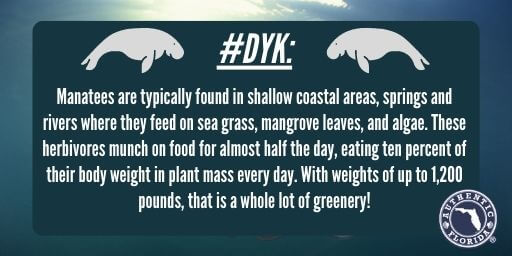
Additionally, SMC can provide live virtual presentations about manatees for classrooms or other groups upon request.
“Education is one of the primary objectives in achieving our mission of manatee protection,” says Rose. “Whether for boaters in Florida or students all around the country, learning about and appreciating manatees plays an important role in helping to protect them and their essential habitat.”
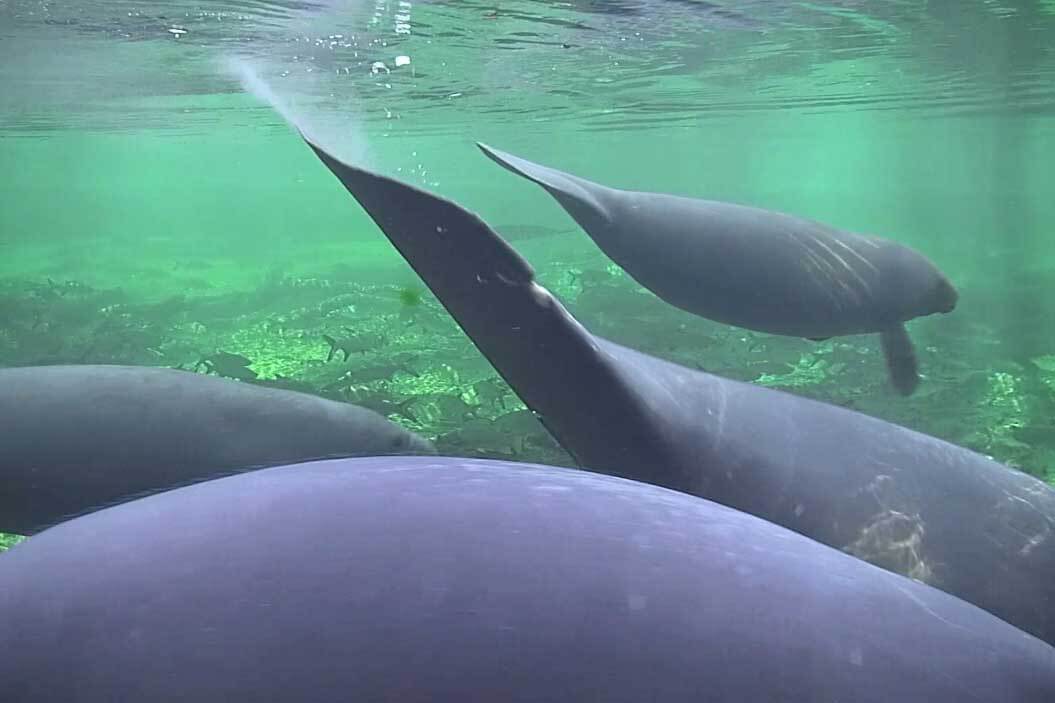
Save the Manatee Club shares manatee facts, videos, quizzes, and other opportunities.
To take action, visit their website at savethemanatee.org/MAM.
Volunteering for Save the Manatee Club
For more information about manatees and the Save the Manatee Club’s efforts, go to savethemanatee.org or call 1-800-432-JOIN (5646).
Photographer David Schrichte
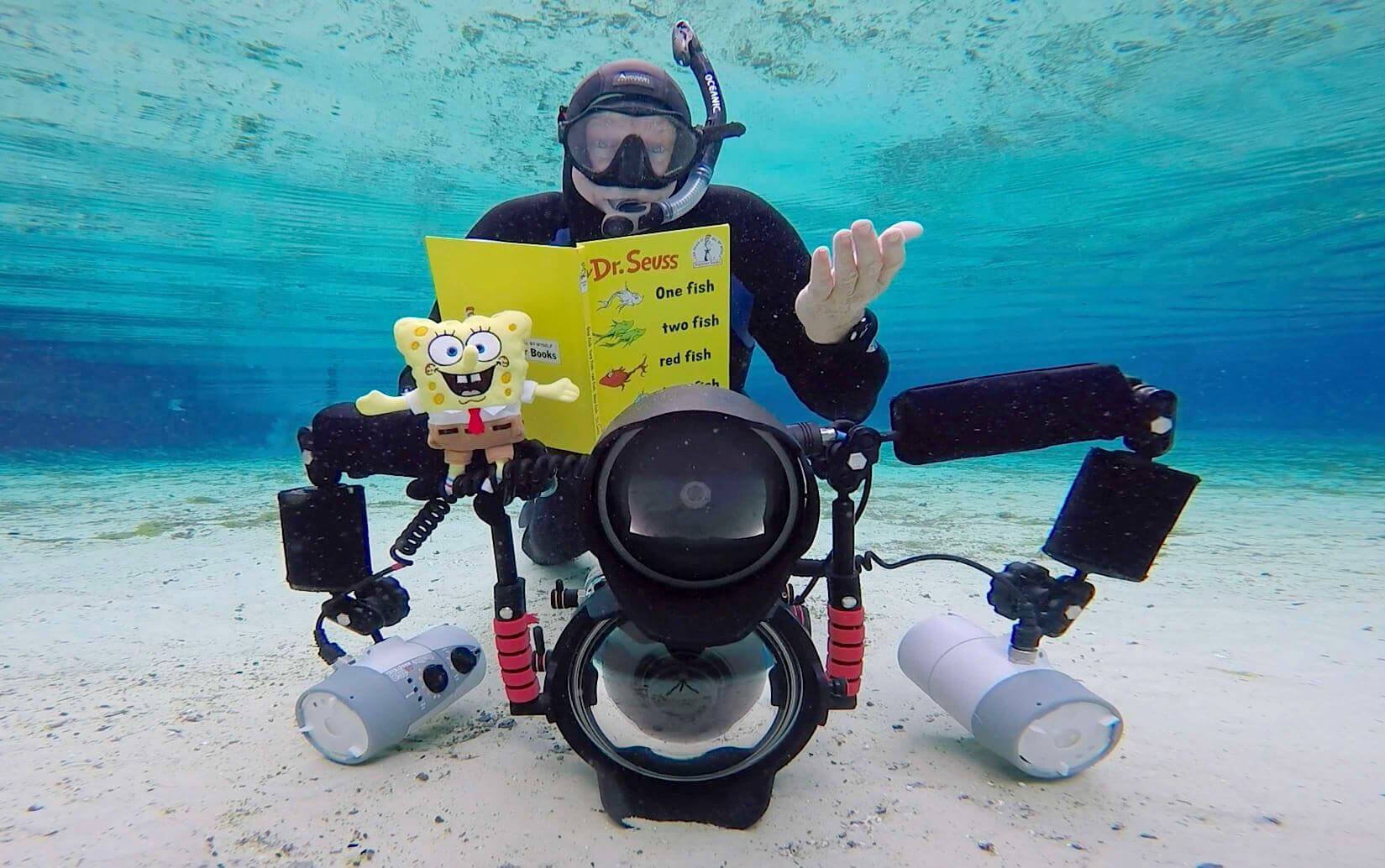
Interested in seeing amazing photos of manatees? Be sure to visit David Schrichte’s website. David contributes a lot of his photography to SMC.
We thank David for always allowing us to use his beautiful photography.
Check out these places where you can often see Florida manatees:

